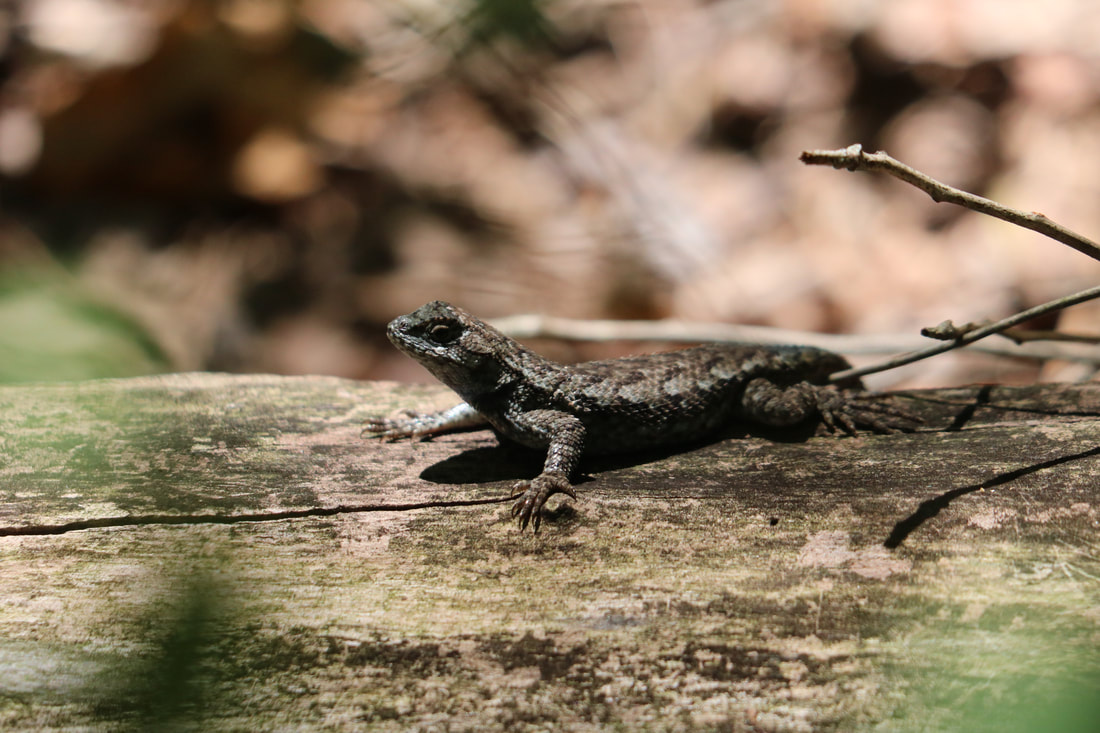In Desert Notes, Barry Lopez shows us a strange and magical place. I have perhaps visited such a place once in my lifetime, but that is another story, and I am not prepared to reveal the location.
When I first read the book Desert Notes, originally published as a separate volume from River Notes, I saw it as mere fantasy. I have since concluded that it is a fine example of magical realism. The final story, “Directions,” gives us a key to the book’s meaning. Here, the reader encounters an enigmatic guide named Leon. One must encounter him as though meeting by chance and he will draw an excellent map on a napkin. There is more to Leon than his map, but I leave other readers to discover what that more may be for themselves.
Maps have a prominent place in other works by Lopez. His nonfiction book, Arctic Dreams, includes an appendix with numerous maps of the terrain. His short story collection, Light Action in the Caribbean includes a story about a mapmaker, one who uses older techniques and writes books about cities under a pen name.
The mapmaker uses older techniques and is thorough. He describes cities in layers beginning with the terrain, followed by infrastructure, pipes, culverts, electrical lines, streets, and buildings. He proceeds to the human description including government, the arts, etc. Modern mapmakers say he takes too long to complete a project. His results are much like GIS the modern Geographic Information System used by contemporary ecologists and geographers.
So, maps are important to Lopez, perhaps in the way that mirrors are to Jorge Louis Borges. So are directions. One story tells the perimeter of the desert with mythic symbols included. In the story, “Twilight,” the narrator lays out a Navajo blanket aligned to east and west. Only from the height of sitting on the blanket can he truly see the desert.
Another key appears in the introduction, which I once took as a metaphor for the writing process. Here, Lopez presents a struggle with no map, - Reach a roadblock. Rest. Try again. Leave. Come back. Take a different approach. It could describe any human endeavor.
Between the struggle of the introduction and the map at the end the reader encounters several people who come to terms, in one way or another, with the desert landscape. For me, the most intriguing were the Blue Mound People who lived a life of plenty with various foods and a rich material culture. No one can determine how they acquired these things. It is explained that hunting a small antelope, their favorite food, was not practical given their resources.
The Blue Mound People lived in caves carved out of the walls of cliffs. They remind me of contemporary American urbanites who live with plenty. Few of them could explain the means of production by which that plenty arrives at their door. Wendell Berry used a similar analogy in his book Think Little, in which he said that a contemporary preteenager knows how to make a baby but by the age of 30 still will not know how to make a potato. Isaac Asimov drew an analogy of future dwellers in sky scrappers to cave dwellers in his first robot novel, The Caves of Steel,

 RSS Feed
RSS Feed